Why settle for bland when you can unleash pure floral drama? These aren’t your run-of-the-mill petunias. They’re the garden’s rock stars, crashing the party with huge blooms and fiery hues. Picture towering blooms that smash through the green… Blossoms so lush they drown out the fence… Colors so bold they stop neighbors in their tracks. We’ve rounded up 19 plants that don’t whisper—they roar. From giant alliums that pop like fireworks… To gladiolus towers that demand an audience… Each one grabs sunlight and refuses to let go. Think sweeping fields of snapdragons… Walls of hibiscus in every shade imaginable… And dahlias that multiply like confetti bombs. Your yard will feel like the finale of a fireworks show… One brilliant bloom after another… No pauses, no lulls, just nonstop impact. Ready to turn your garden from “nice” into a floral spectacle? Scroll down and meet the plants that make ordinary vanish.
Hollyhock
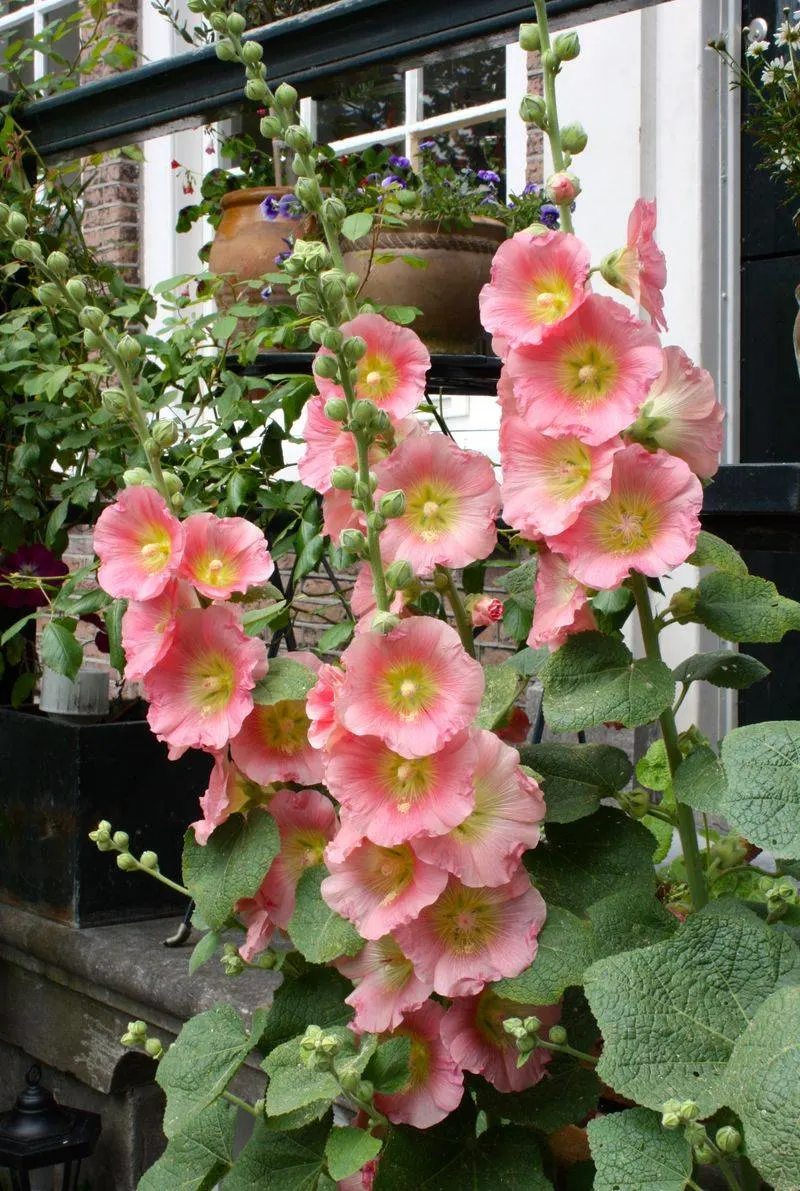
Standing tall and proud, hollyhocks bring a touch of old-world charm to any garden. Their towering spikes can reach up to 8 feet, bursting with a kaleidoscope of colors ranging from pink to deep red.
These biennials bloom in the summer, often creating a stunning backdrop for shorter plants. Their presence is reminiscent of cottage gardens, evoking nostalgia and warmth.
Interestingly, hollyhocks were once planted by pilgrims to signify a safe haven. Their history and beauty make them a timeless garden favorite.
Bleeding Heart
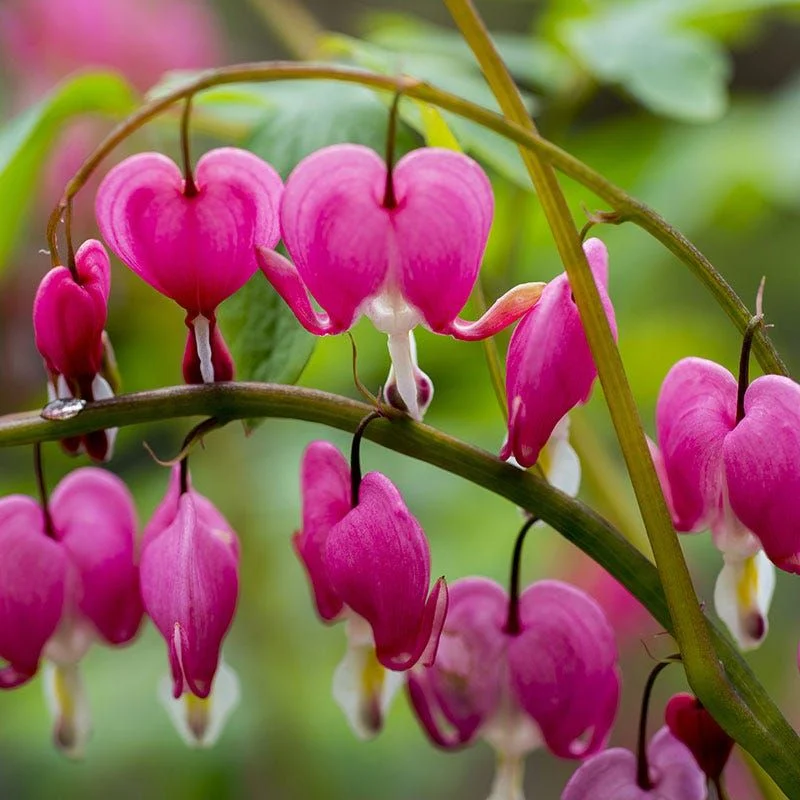
With heart-shaped blooms, the bleeding heart captures the essence of romance and elegance. These flowers dangle gracefully from arching stems, creating a whimsical appearance.
Blooming in spring, they thrive in shady corners, bringing life and color where other plants might struggle. Their soft pink and white hues add a gentle touch to the landscape.
Did you know? The bleeding heart is also known as ‘Lady-in-a-bath’ due to its unique flower shape. This plant is a true conversation starter.
Wisteria
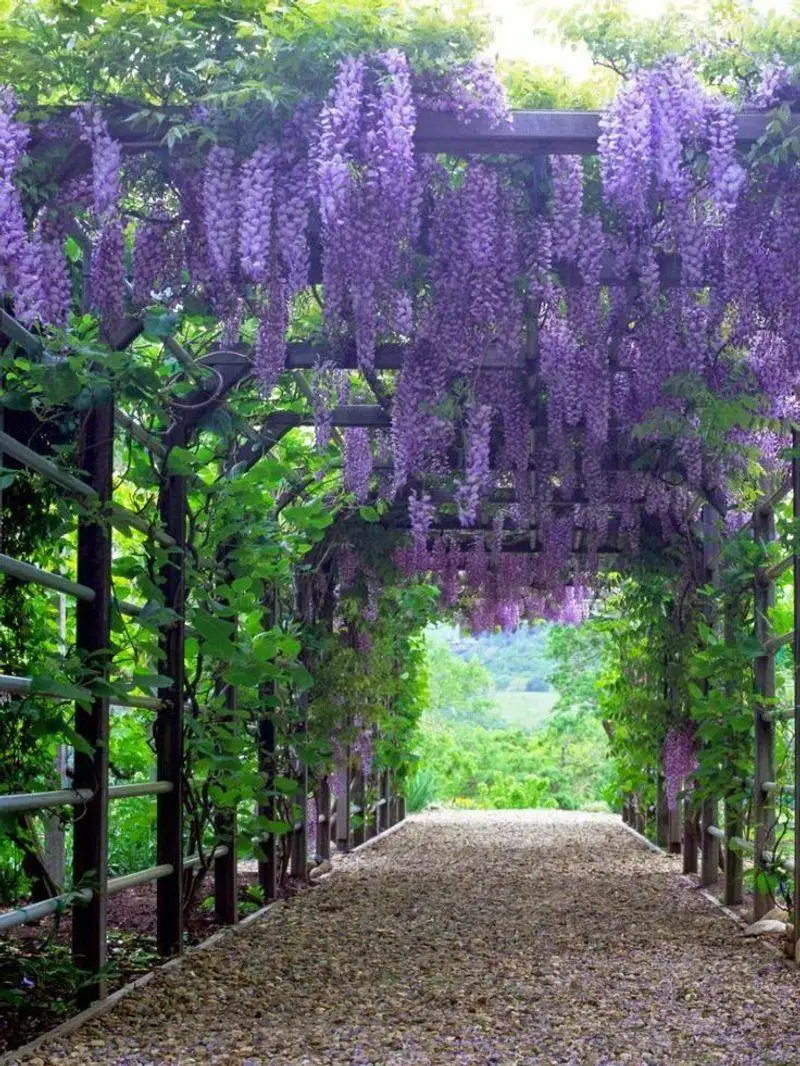
Wisteria is synonymous with enchanting beauty, with cascading clusters of lilac flowers that create a stunning visual display. Its vines drape elegantly over arbors and pergolas, adding a sense of romance.
Blooming in late spring to early summer, wisteria offers a heavenly fragrance that captivates anyone nearby. These vigorous climbers can quickly cover structures, transforming them into floral masterpieces.
Fun fact: Wisteria can live for over a century, making it a lasting investment in beauty and charm.
Peony
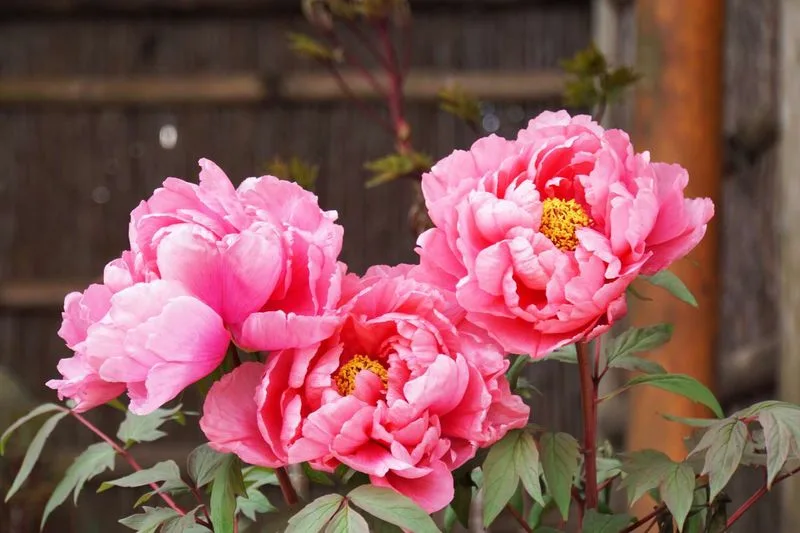
Peonies boast large, lush blooms that captivate with their sheer opulence. These perennial favorites bloom in late spring, offering a delightful array of colors from soft pinks to vibrant reds.
Known for their longevity, peonies can thrive for decades, becoming more beautiful with each passing year. Their elegant petals and sweet fragrance make them a beloved choice for bouquets and garden displays.
A historical note: Peonies were once considered a symbol of wealth in ancient China, cherished for their extravagant blooms.
Sunflower
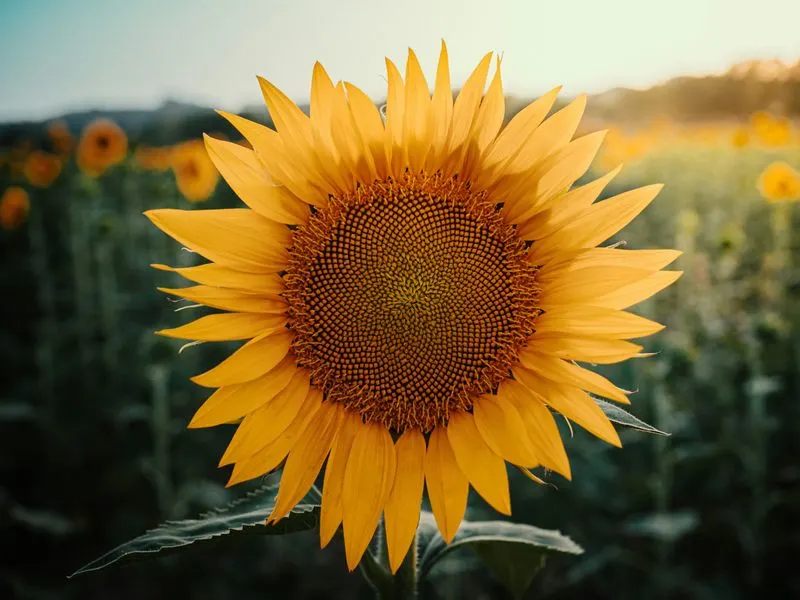
Sunflowers are the epitome of cheerfulness, with their sunny yellow faces following the sun throughout the day. These annuals can reach impressive heights, making them a striking addition to any garden.
Their large, round blooms are not only visually appealing but also serve as a food source for birds and pollinators. Sunflowers bloom in summer, bringing warmth and vibrancy to landscapes.
Did you know? Helianthus, the sunflower’s botanical name, means ‘sun flower’ in Greek, perfectly capturing its essence.
Lilac

Lilacs are celebrated for their intoxicating fragrance and beautiful clusters of purple flowers. Blooming in spring, these shrubs herald the arrival of warmer days with their sweet scent.
Their flowers attract butterflies, adding another dimension of life to the garden. Lilacs are hardy, thriving in various climates and offering bursts of color year after year.
A fun tidbit: In the language of flowers, lilacs represent the joy of youth, making them a charming addition to any landscape.
Lantana

Lantana brings a tropical flair to gardens with its vibrant clusters of red, orange, yellow, and pink flowers. These hardy plants thrive in sunny spots, blooming profusely from spring to fall.
Their flowers attract a myriad of pollinators, including butterflies and hummingbirds, infusing the garden with motion and life. Lantana’s resilience to heat and drought makes it a favorite for warm climates.
Interestingly, lantana’s leaves emit a citrus scent when crushed, adding an extra sensory experience to its appeal.
Hydrangea
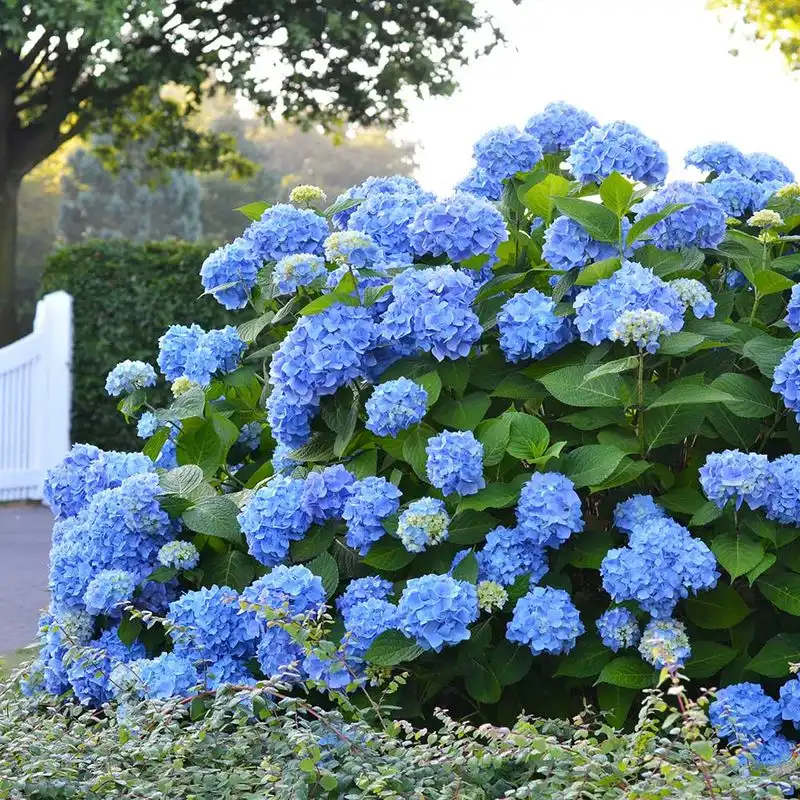
Hydrangeas are renowned for their large, spherical blooms that can change color based on soil pH. These shrubs burst into flower from early summer to fall, offering a palette of blues, pinks, and whites.
Their ability to thrive in both sunny and partially shaded areas makes them versatile garden additions. The lush blooms are often used in floral arrangements, adding elegance to any setting.
Fun fact: In Japan, hydrangeas are symbols of gratitude and apology, often given as gesture of goodwill.
Cherry Blossom
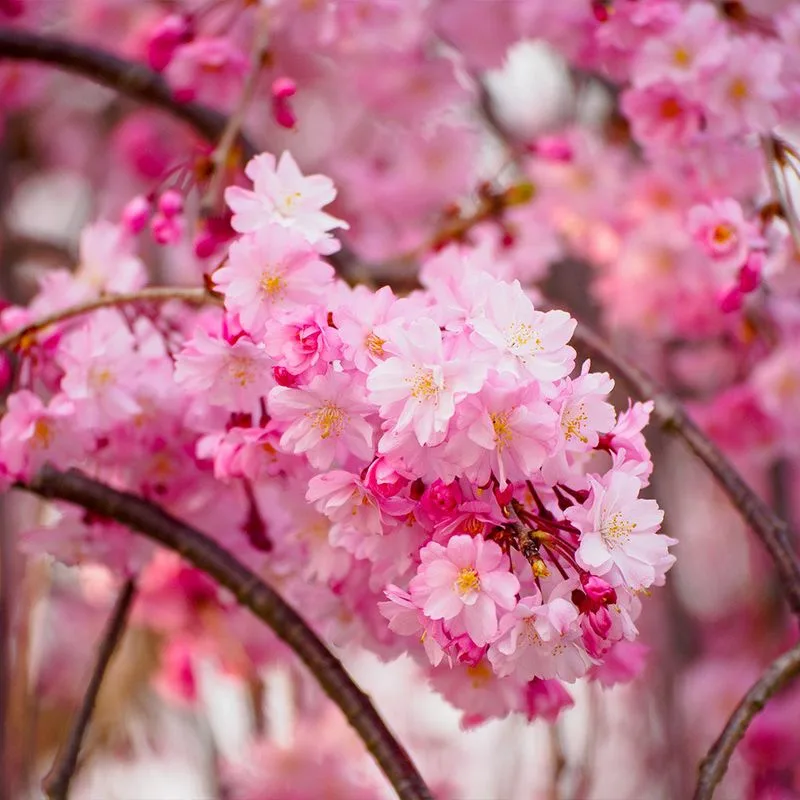
Cherry blossoms are iconic symbols of spring, with their ephemeral pink and white blooms capturing hearts worldwide. These trees create breathtaking displays, often celebrated in festivals.
Their brief blooming period serves as a reminder of life’s fleeting nature, inspiring many to appreciate beauty in the moment. Cherry blossoms thrive in temperate climates.
Did you know? In Japan, ‘Hanami’ is the tradition of enjoying the beauty of cherry blossoms, a cultural practice that dates back centuries.
Orchid
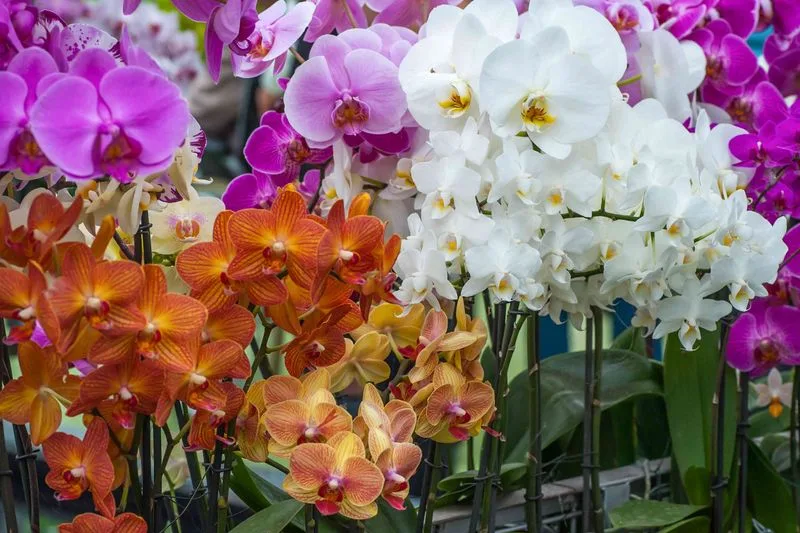
Orchids are the epitome of exotic elegance, with their diverse colors and intricate patterns. These flowers are often associated with luxury and refinement.
Orchids thrive indoors, making them perfect additions to home decor. Their unique beauty and long-lasting blooms are admired by plant enthusiasts worldwide.
A historical note: Orchids were highly prized by ancient Greeks, symbolizing virility and strength. Today, they continue to captivate with their mysterious allure.
Magnolia
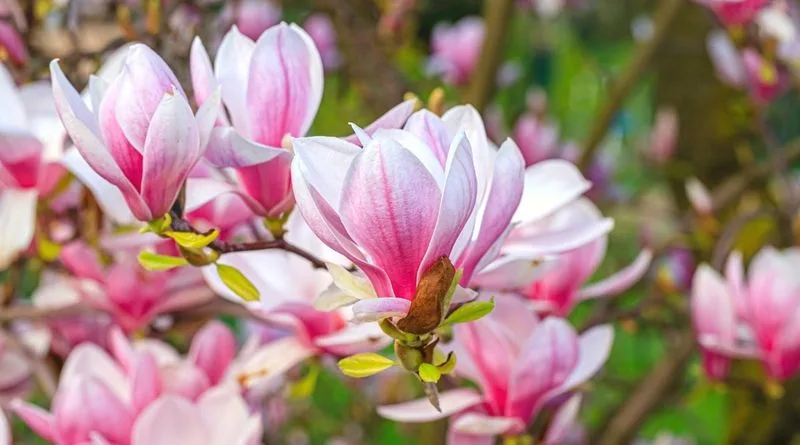
Magnolias, with their large, fragrant blooms, are often seen as the heralds of spring. These trees and shrubs produce flowers in shades of white, pink, and purple, creating stunning visual displays.
Their blossoms appear before the leaves, adding a dramatic touch to landscapes. Magnolias are adaptable, thriving in various climates and soils.
Did you know? Magnolias are ancient plants, having existed before bees, and rely on beetles for pollination. Their timeless beauty and resilience make them garden treasures.
Dahlia
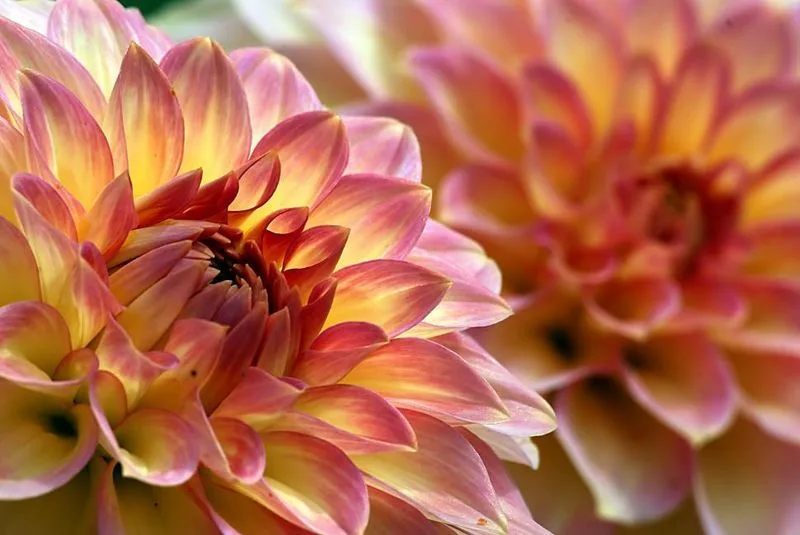
Dahlias are renowned for their dazzling array of colors and intricate petal arrangements. These tuberous plants bloom from midsummer to fall, providing a long-lasting splash of color.
With varieties ranging from small pom-poms to large dinner-plate blooms, dahlias cater to every garden style. Their striking appearance makes them popular in floral displays.
Fun fact: Dahlias are the national flower of Mexico, where they were first cultivated by the Aztecs. Their beauty and diversity continue to inspire gardeners worldwide.
Calla Lily
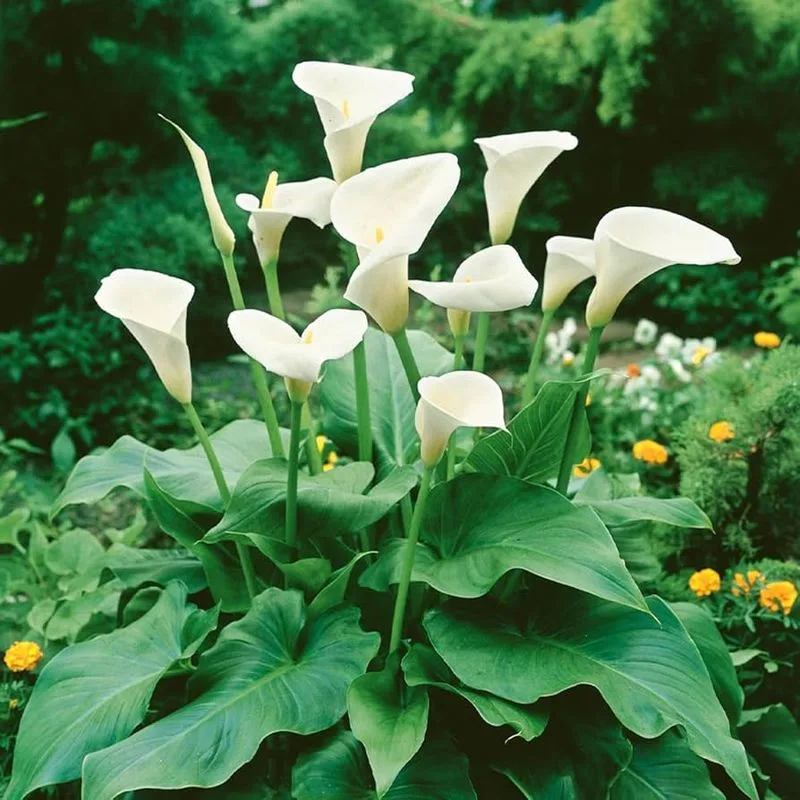
Calla lilies exude elegance with their smooth, trumpet-shaped blooms. These perennials are often used in wedding bouquets, symbolizing purity and beauty.
Blooming in late spring to summer, calla lilies thrive in moist, well-drained soils. Their striking appearance adds sophistication to gardens and floral arrangements.
A bit of trivia: Calla lilies are native to South Africa, where they grow wild along streams and in marshy areas. Their timeless grace continues to enchant plant enthusiasts.
Rose
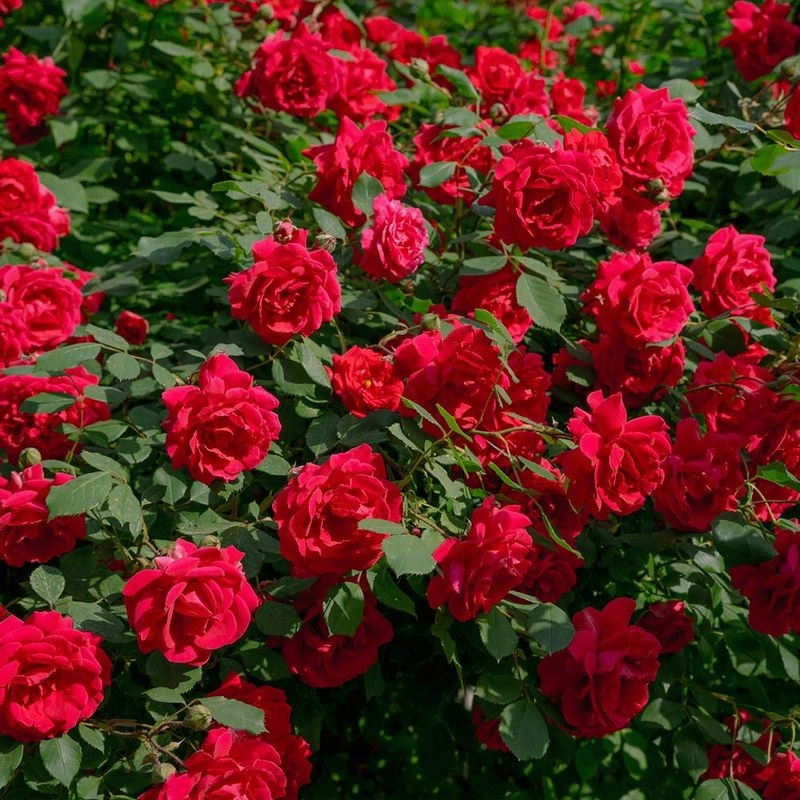
Roses are timeless symbols of love and beauty, with their velvety petals and enchanting fragrance. These perennials come in myriad colors, each carrying its own meaning.
Blooming from spring to fall, roses are versatile garden staples that thrive in sunny spots. Their blooms are cherished in bouquets and perfumes.
Did you know? The ancient Romans grew roses extensively, using their petals in lavish banquets and for medicinal purposes. Roses continue to captivate with their classic charm.
Jasmine
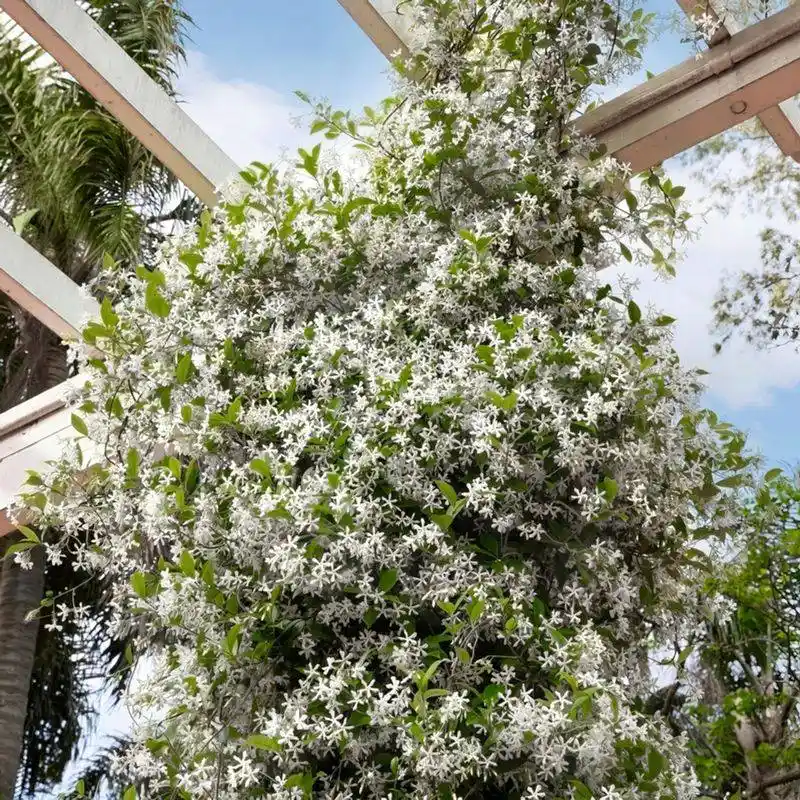
Jasmine is known for its sweet, intoxicating fragrance that perfumes the evening air. These climbing vines produce small, star-shaped white flowers from spring to summer.
Jasmine’s scent is often used in perfumes and teas, captivating senses with its exotic aroma. It thrives in full sun to partial shade, adding elegance to gardens.
Fun fact: In many cultures, jasmine symbolizes love and beauty, often used in weddings and religious ceremonies. Its timeless scent and charm make it a beloved plant worldwide.
Snapdragon

Snapdragons add a playful touch to gardens with their unique dragon-like blooms. These annuals come in a rainbow of colors, blooming from spring to fall.
Their tall spikes and vibrant hues attract pollinators, making them lively garden additions. Snapdragons thrive in sunny spots, offering cheerful color throughout the growing season.
A quirky fact: Snapdragons got their name because their flowers resemble a dragon’s mouth, and when squeezed, they appear to ‘snap.’ Their whimsical nature brings joy to any landscape.
Bougainvillea
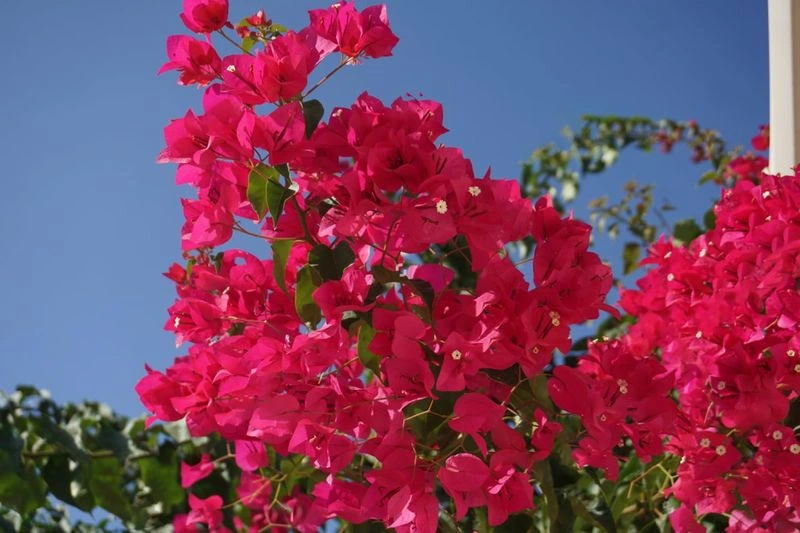
Bougainvillea dazzles with its vibrant bracts that come in shades of magenta, pink, and orange. These climbers create eye-catching displays, often used in tropical landscapes.
Blooming year-round in warm climates, bougainvilleas are drought-tolerant and love sunny spots. Their bold colors and resilience make them garden favorites.
Did you know? Bougainvillea is named after the French explorer Louis Antoine de Bougainville. Its ability to thrive in challenging conditions makes it a symbol of endurance.
Lavender
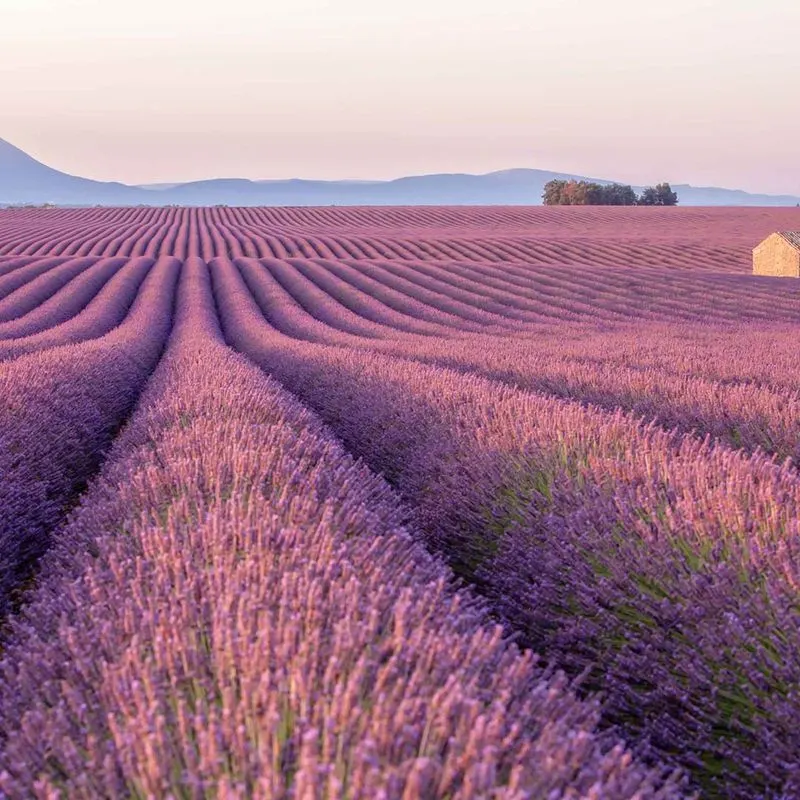
Lavender is beloved for its soothing fragrance and striking purple spikes. These perennials thrive in sunny, well-drained spots, blooming from late spring to early summer.
Their calming scent is used in aromatherapy and products like soaps and sachets. Lavender attracts pollinators, enhancing garden biodiversity.
Historically, lavender was used by ancient Romans for bathing and scenting linens. Today, its elegance and utility continue to make it a cherished plant in gardens worldwide.
Bird of Paradise

The Bird of Paradise, with its striking resemblance to a tropical bird, is a marvel of nature’s artistry. Its vivid orange and blue petals, resembling avian plumage, turn any garden into a tropical paradise.
Imagine a garden corner where these blooms stand tall, their dramatic structure capturing the essence of the tropics.
Native to South Africa, they thrive in warm climates, adding an exotic flair to landscapes.
Did you know? Despite their luxuriant appearance, Bird of Paradise plants are surprisingly resilient and can bloom year-round in the right conditions.

